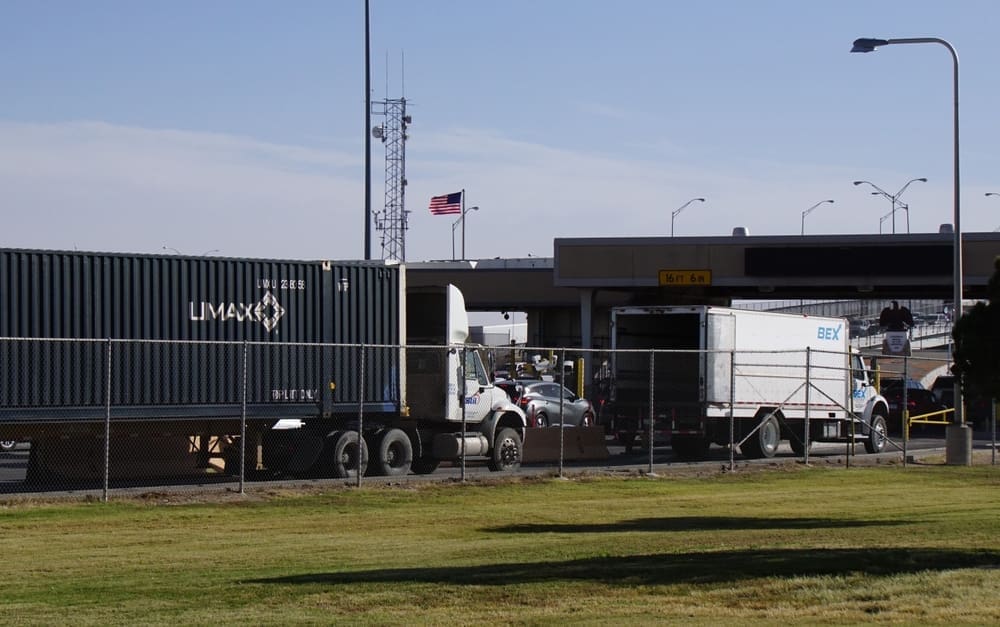In a significant economic shift, cross-border trucking rates to and from the United States saw a notable increase as businesses raced to expedite shipments before new tariffs introduced by President Donald Trump on Canada and Mexico took effect.
The U.S. trucking industry experienced a rare upswing following a prolonged downturn lasting almost three years. The industry’s demand had been weakened by excess trucks on the roads and low shipping rates, but the imminent tariffs briefly boosted activity.
Newly imposed 25% tariffs on imports from Mexico and Canada commenced on Tuesday. Some automakers benefitted from a temporary reprieve, delaying the impact for a month. During the days leading up to this enforcement, rates for transporting goods from the U.S. to Canada surged, with dry van and refrigerated truck rates climbing to two-year highs.
According to data from DAT freight and analytics, spot rates inched up by 18% and 35%, respectively, since the November election. The shipping route from Toronto to Chicago saw load volumes for dry vans jump by 57% week-over-week, illustrating the urgency among Canadian shippers to move goods before tariffs were applied.
Dean Croke, principal analyst at DAT, highlighted the scramble to ship goods into the U.S. before the deadline, predicting that the heightened rates would likely decrease once tariffs fully settle in. He emphasized that uncertainty in the manufacturing sector due to these tariffs might suppress demand further, leading to reduced truckload volumes.
In the southern U.S., particularly in Laredo, Texas, load movements by DAT’s network carriers surged by 12% last week, reflecting a last-minute push by companies. The refrigerated goods sector, especially produce crossing into the McAllen freight market in Pharr, Texas, witnessed a 35% weekly rise in volumes.
Croke noted that while Canadian shippers were proactive, their Mexican counterparts did not exhibit the same level of urgency, except for those shipping agricultural products. The month-to-month rates from Mexico to the U.S. rose modestly by 3.5%, a smaller increase compared to the Canadian border.
Experts predict the current volatility in rates will stabilize and the volume will rapidly decline as the tariffs take complete effect. Mike Short, President of Global Forwarding at C.H. Robinson, suggested that many shippers might initially be cautious with new orders post-tariff, leading to a temporary pullback in activity.
As tariffs shape the trucking landscape, companies face an evolving economic environment that demands strategic adjustments. While some benefited from the pre-tariff rush, the long-term impact of these tariffs will likely prompt broader changes across the transportation industry.








